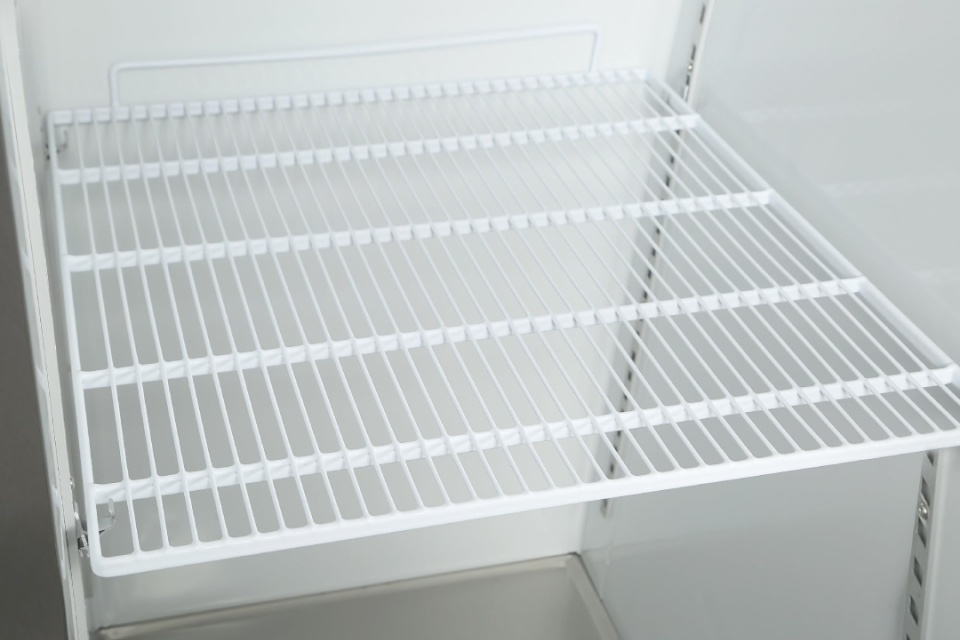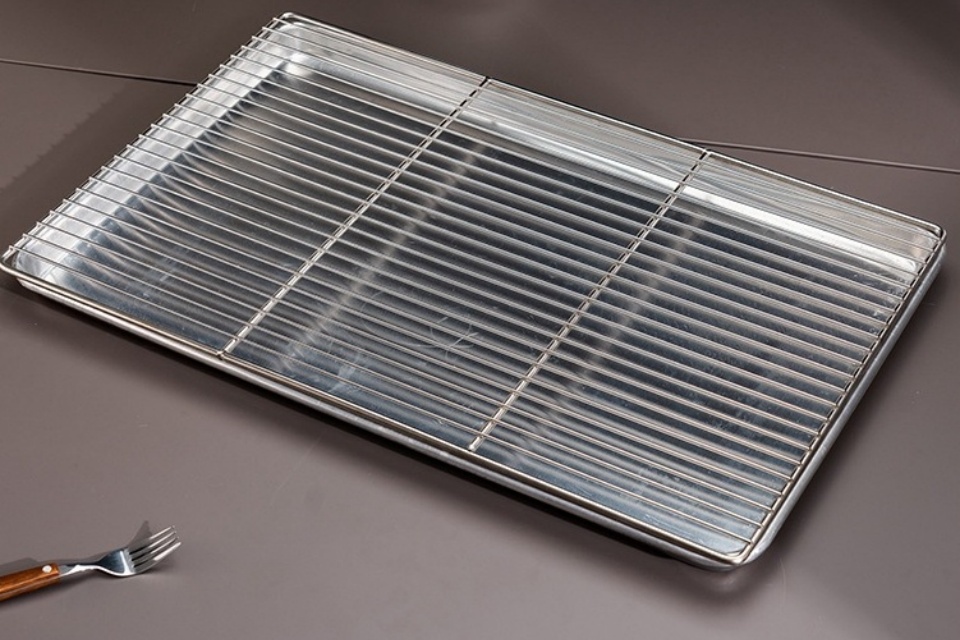



This blog walks you through key factors in mixed-technology SMT lines, from process flow and THT soldering choices to DFM, inspection, and material handling.
When you mix SMT and THT on the same PCB, the line can run very smooth. Or it can be a daily headache. The difference comes from how you plan the process, the layout, and even the hardware around the line.
Let’s walk through the key points step by step, with real shop-floor thinking, not only theory.
Before you talk about machines, feeders, or ovens, you need to ask a simple question:
Why does this product need mixed technology at all?
Typical reasons:
Common scenarios:
If you supply hardware to food retail or cold storage, you see this every day. The PCB sits next to commercial refrigerator wire shelving and commercial refrigerator wire rack, inside a wet, cold, sometimes dirty place. That’s why the mix of SMT speed and THT strength matters.
Key takeaway: lock the product requirements first, then design the mixed line around them.

Once you know the product, you plan the flow. A typical mixed-technology SMT process for double-sided boards looks like this:
Here’s a simple view you can drop into your notes:
| Step | Process stage | Main risk if done wrong |
|---|---|---|
| 1 | Solder paste printing | Insufficient / extra paste volume |
| 2 | SMT placement | Skew, wrong rotation, missing part |
| 3 | Reflow soldering (SMT) | Tombstoning, voids, cold joints |
| 4 | AOI after reflow | Escaped defects to next stages |
| 5–6 | Second side paste + placement | Parts dropping in second reflow |
| 7 | Second reflow | Overheating sensitive components |
| 8 | AOI both sides | False calls, missed defects |
| 9 | THT insertion (manual / automatic) | Bent leads, wrong hole, mix-ups |
| 10 | THT soldering (wave / selective) | Bridges, insufficient hole fill |
| 11 | Cleaning, test, final inspection | Latent failure goes to customer |
In many factories, the THT area becomes the bottleneck. So when you design the line, you need to think about buffer zones, racks, and carts to keep WIP organized, not just about the nice placement machine.
The “how to solder THT” part is a big decision.
| Method | Strengths | Limits in mixed SMT line | Best use case |
|---|---|---|---|
| Wave soldering | Very fast for large volumes | Heat on whole board, risk bridges near SMT | Simple boards, wide spacing |
| Selective | Local heating, good for dense layouts | Slower, more programming and fixtures | Mixed boards with tight DFM |
| Pin-in-paste | Reuses reflow, can remove one process step | Only for heat-resistant THT, hole filling tricky | Certain connectors, low mass |
Some quick “line talk” you can use:
So the main argument here: match the THT soldering method to the board density, thermal limit, and target volume, not just the machine you already have in the room.

Mixed technology will punish weak layout. Good DFM makes the line stable.
Even if every plant has its own rules, there are some typical guidelines engineers use:
You don’t need strange CAD tricks. You just need to lock these values early and protect them during every ECO. Many problems on a mixed line come from “layout shrink” to save a few millimeters.
And remember: DFM is not only about the board. It’s also about how the board sits in fixtures, on carts, or on cold storage room components around the line.
You don’t buy “one SMT line.” You buy a chain of tools that must match your mix:
On top of that, you care about line balancing:
This is where a partner like QIAO can help on the “around the line” side. You can use custom wire shelving manufacturing to build feeder carts, kitting racks, and buffer shelves that match your real takt time. It looks like a small topic, but good material flow will save you a lot of hidden cost and operator frustration.

Mixed technology needs mixed inspection. One tool is not enough.
Common stack:
You can also define different rules for different products. A low-cost household board maybe uses AOI + simple function test. A critical cold-room controller for food safety may follow a tighter standard and more AXI coverage.
Don’t forget to close the loop: every AOI and test failure should go into a simple Pareto. Then you adjust paste, profiles, layout, or handling. Otherwise, AOI only becomes an expensive camera that annoys operators.
Now a point many engineers skip: where do all these boards and parts actually live?
On a mixed-technology SMT line you handle:
If the storage around the line is messy, all the nice DFM and reflow profiles don’t help. You see:
This is where industrial shelving comes in. With commercial display cabinet components, you can design visual racks for kitting and staging. With corrosion-resistant freezer components, you can keep materials near cold tests or environmental chambers. And you can borrow structural ideas from cold-room shelving and other hardware used in food retail.
It’s still the same know-how: wire form, surface treatment, load rating, corrosion resistance. QIAO just bring it from supermarket and cold-room scene into the SMT hall.
A mixed-technology SMT line is not “too hard,” but it does need more thinking:
When you combine solid SMT engineering with practical handling solutions – like tailored commercial refrigerator wire rack style shelving around the line – you get a setup that runs stable for many years.